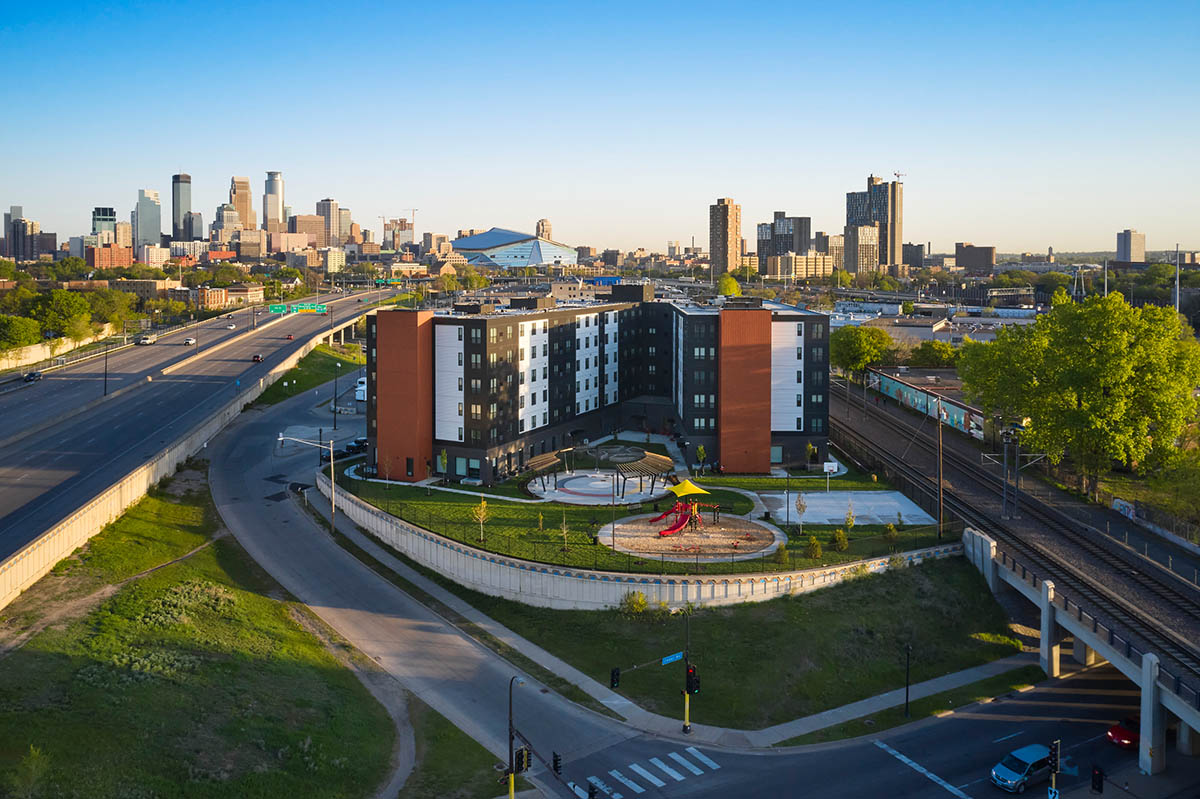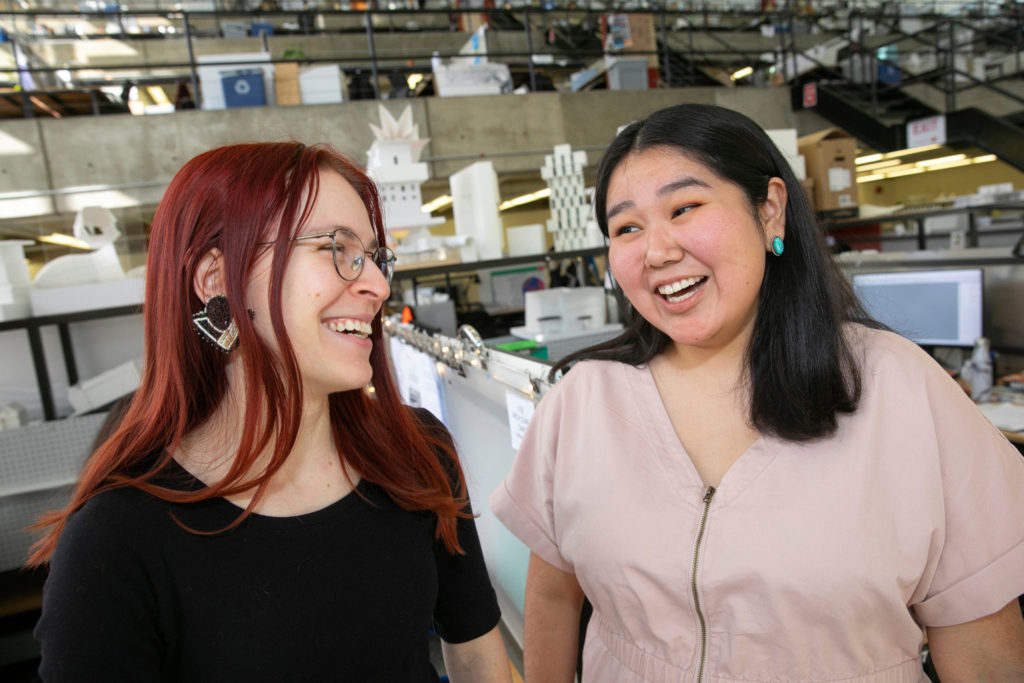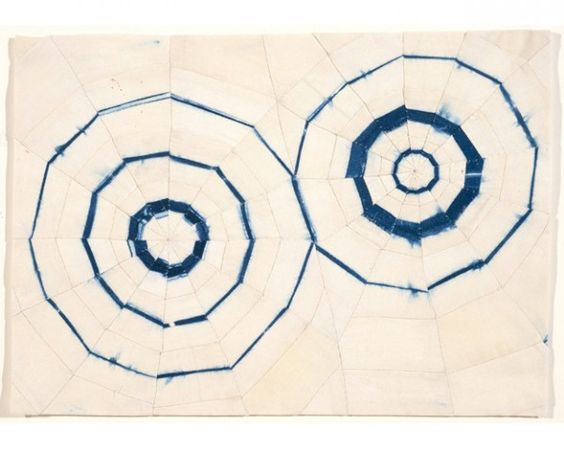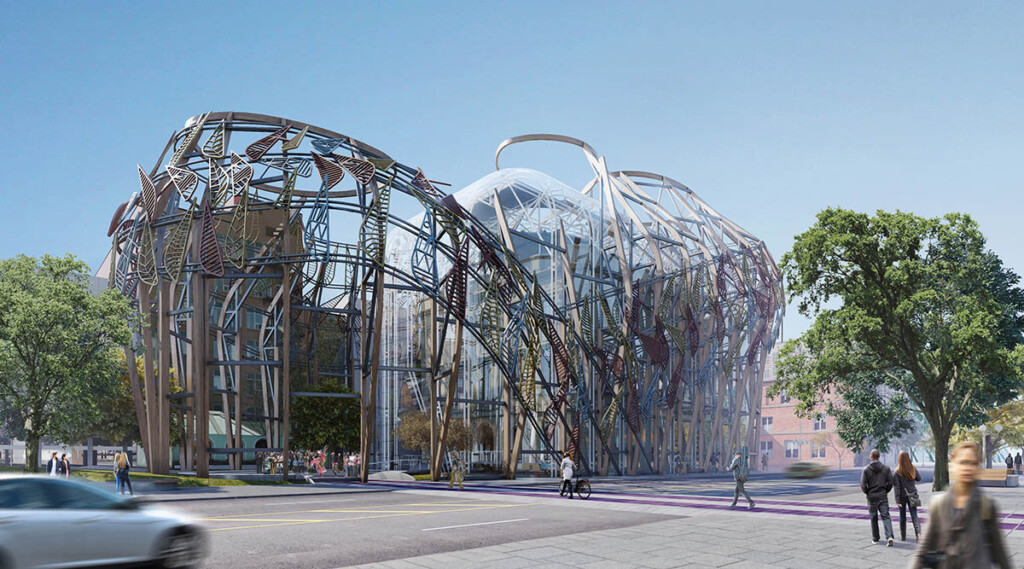| Event Information |
|---|
| All are invited to watch and participate online in this program by tuning into this page at the noted start time. No pre-registration is required. Online audience members will be able to submit questions throughout the event using Vimeo’s Q&A function. If you would like to submit questions for the speaker in advance of the event, please click here.
Harvard ID holders are also welcome to attend programs in person, except where an event is listed as online only. Live captioning will be provided during this event livestream. Learn more about accessibility services at public programs.
|
This event recording is also available to watch with audio description .
Event Description
Creating a strong sense of place is critical to cultural identity in Native American communities. New tribal building and planning projects provide significant opportunities for tribal communities to reinforce cultural revival efforts while advancing economic, educational, and healthcare initiatives. This session will encourage an open and interactive discussion of the central issues in tribal design and efforts to lead a fundamental shift toward culturally appropriate design solutions and self-determination. From rural reservation single-family houses to inner-city multifamily mixed-use urban developments, Native American communities face unique challenges and opportunities. Legal and political constraints, complicated funding mechanisms, and a lack of infrastructure all contribute to a critical shortage of adequate housing and economic opportunity in most Native American communities. Many design solutions for tribal communities, unfortunately, fall back on one-size-fits-all models of development and design cliches that do not respond to the distinct social structures of Native families or reflect the diverse range of cultural and artistic expression unique to each tribe. This discussion will highlight diverse Native American projects that have challenged the status quo of typical tribal design and planning projects with innovative and culturally respectful design solutions.
Speaker
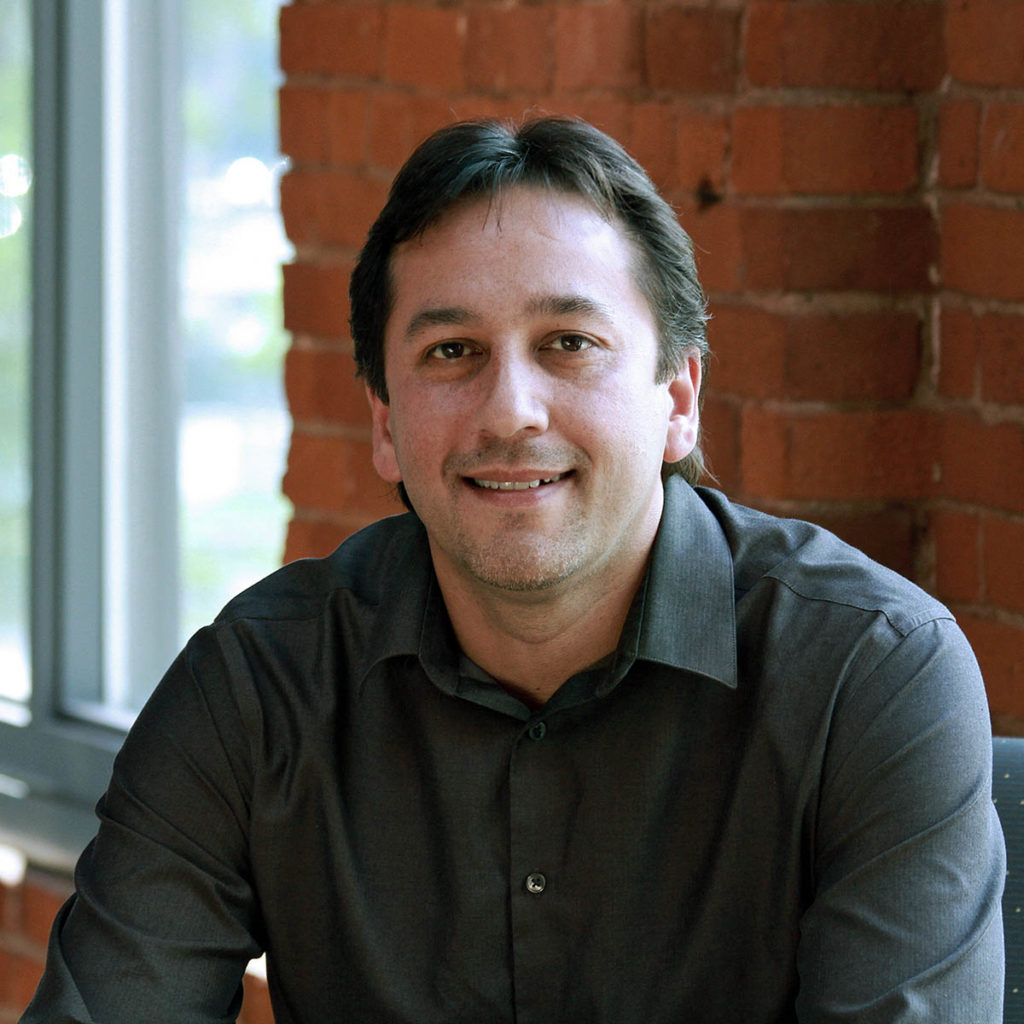
As an Indigenous architect with over 25 years of design, comprehensive planning, and cultural visioning experience, Sam Olbekson, MAUD ’05, serves tribal communities and Indigenous organizations by bringing a Native perspective to the design and planning process.
With a sincere commitment to improving the lives of tribal community members, Sam brings a wealth of experience and cultural knowledge as a talented designer on a wide range of mixed-use, urban design, residential, institutional, hospitality, landscape, educational, and community-oriented projects. He is committed to helping advance the cultural preservation, economic growth, health, and well-being of Native communities through sound planning and practical design strategies that are beautiful, innovative, sustainable, functional, and culturally specific.
Published nationally as a thought leader in contemporary Native American design theory, Sam is known as a progressive and skilled design thinker on culturally significant projects and produces unique and inventive design solutions that respond to cultural tradition in innovative and contemporary ways without relying on stereotypical imagery. Sam is also passionate about serving his community. He holds leadership positions with a number of American Indian organizations and has received numerous recognitions for both design and community service.
Follow Sam Olbekson on Twitter .
Harvard University welcomes individuals with disabilities to participate in its programs and activities. If you would like to request accommodations or have questions about the physical access provided, please contact the Public Programs Office at (617) 496-2414 or [email protected] in advance of your participation or visit. Requests for American Sign Language interpreters and/or CART providers should be made at least two weeks in advance. Please note that the University will make every effort to secure services, but that services are subject to availability.
#GSDEVENTS
